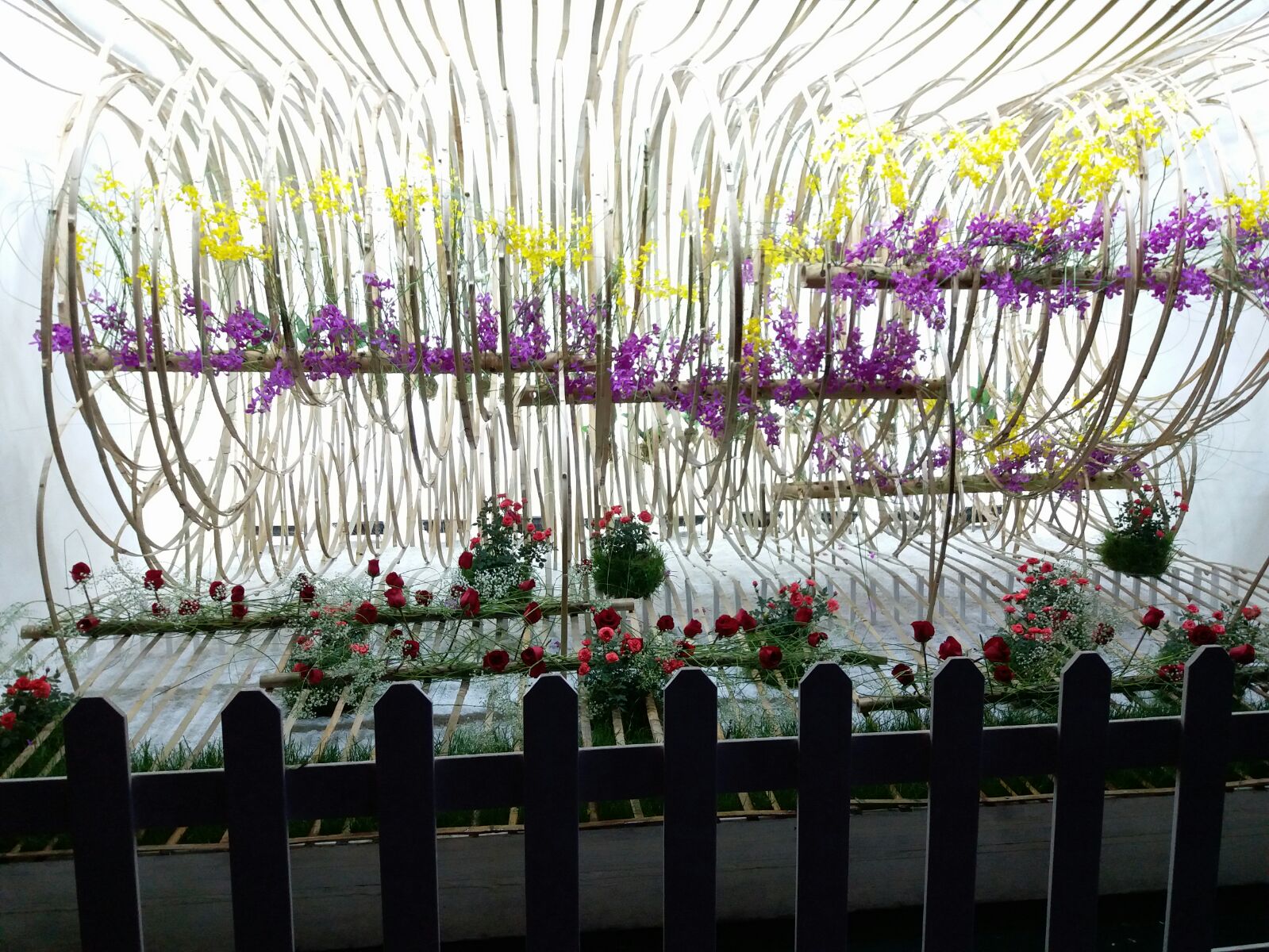Grace Ko
“To see a World in a Grain of Sand; and a Heaven in a Wild Flower; hold Infinity in the palm of your hand; and Eternity in an hour,” said English poet William Blake. Japanese flower arranging emphasizes interaction with the natural world to reach enlightenment. Japanese flower artist Masao Mizukami finds this spiritual and creative language in flowers and nature.
Flowers are emissaries of nature, inspiring us to see and appreciate beauty in the world. Masao Mizukami is a master of Japanese flower arranging and he finds a creative language in the arrangement of flowers with natural settings.
Mizukami recalled an experience during which nature inspired him as his greatest teacher about the world. After Mizukami graduated in Fine Art from France’s prestigious L’Ecole Nationale Superieure des Beaux-Arts in Paris, he travelled around the globe. His travels led him to a desert where, while tired, hungry, and desperate, he was struck by the beauty and resilience of a flower growing out of the sands. He was touched at how nature presents nurture and creative beauty in even the most unlikely of circumstances. The beauty of art comes from nature; nature is like a canvas. After that he was determined to be a flower arrangement artist, using flowers and leaves to create his art.
Since ancient times, Japanese flower arrangement has displayed the harmony between heaven, humans, and the earth. The process of creation with the lines and forms of stems, petals, leaves, and buds requires an understanding of the different characteristics of each part of the flowers, including the circumstances of the season, occasion, and particular event. The bloom of each flower in different seasons symbolizes heaven; the mood and state of mind of the practitioners represent humans, and the occasion and purpose for a particular event is symbolic of earth.
Harmony between these three aspects is very important in Japanese flower arrangement. This spiritual concept has parallels with life in the human world. Without the balance and harmony between them, the outcome won’t be appealing and inspiring.
After they have been cut, flowers can no longer grow. However, by the practitioners’ arrangements, they are given a new life. This is a new form of life that inspires practitioners to understand the nature of life. In the Diamond Sutra, here translated by Vietnamese Buddhist monk Thich Nhat Hanh, the Buddha said to Subhuti, “In a place where there is something that can be distinguished by signs, in that place there is deception. If you can see the signless nature of signs, you can see the Tathagata.”
Form keeps changing and the symbol that a flower creates doesn’t last. All things are change. Flowers have a limited life, and so do we. When we appreciate the beauty of flowers, we should appreciate the beauty of life and its passing as well. We are all part of nature, the signless nature of signs. Flowers are symbols of beauty with a short existence.
Mizukami thinks life is like endless waves. “Waves come and go in the blink of an eye, never lingering. Life is equally fleeting. Live the day as it were our last. Waste not an instant, treasure every moment. Only then can we live our life to the full and have no regrets.”


Thank you so much for the writing.
Thank you so much for your great artwork!